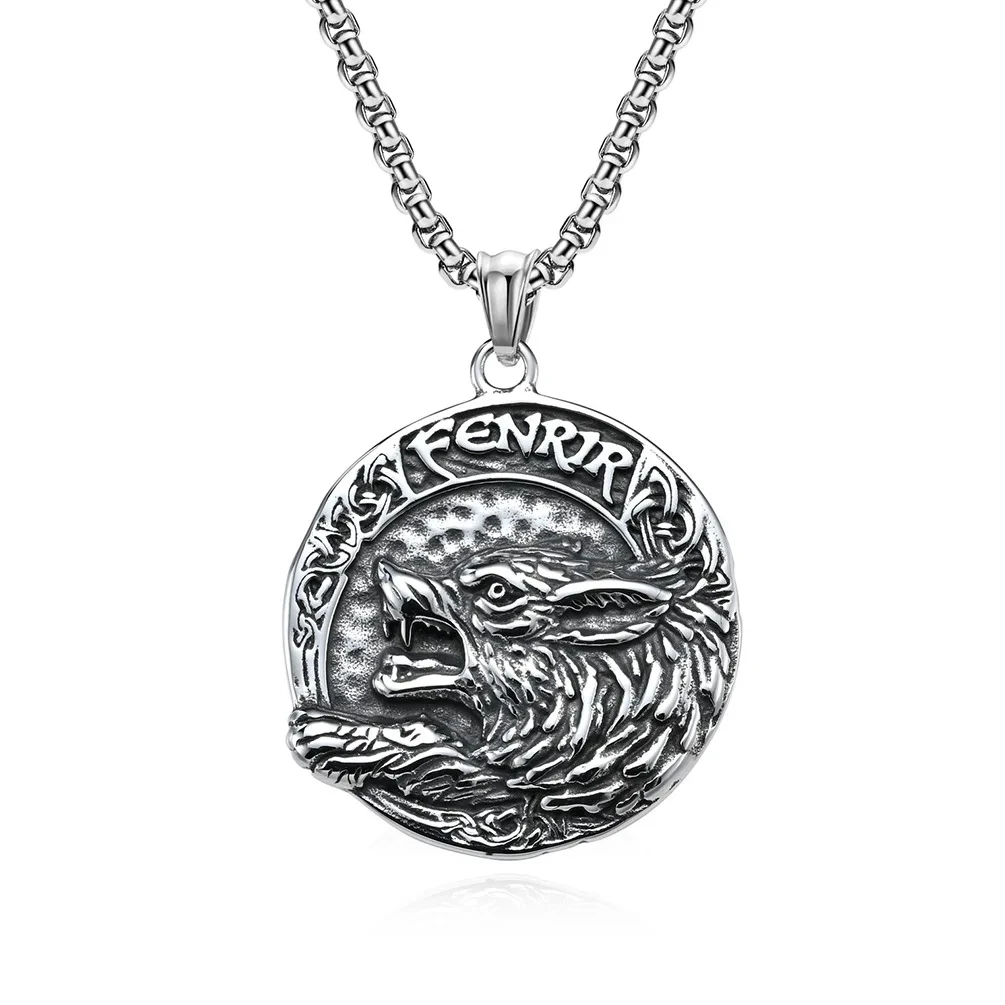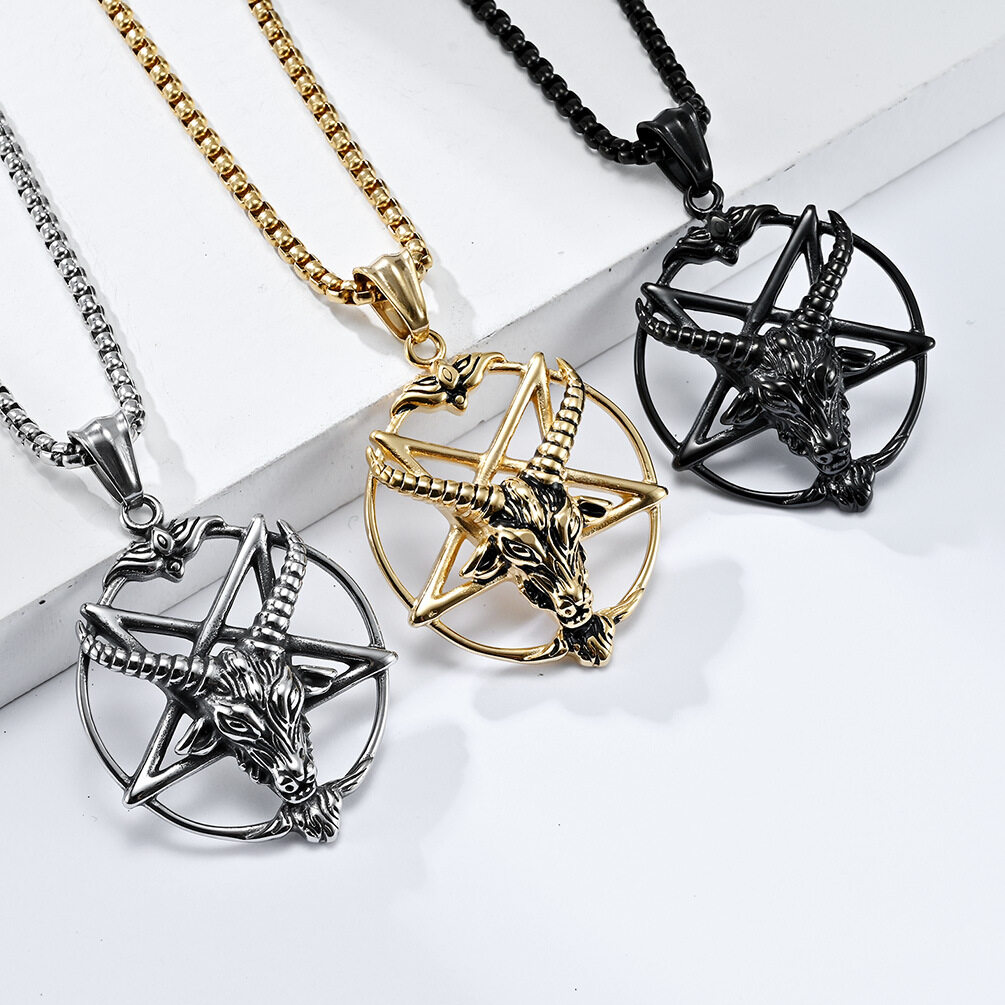
Email format error
Email cannot be empty
Email already exists
6-20 characters(letters plus numbers only)
The password is inconsistent
Email format error
Email cannot be empty
Email does not exist
6-20 characters(letters plus numbers only)
The password is inconsistent


Stainless steel jewelry has become increasingly popular due to its durability, affordability, and sleek appearance. However, one common question that arises is, "Does a stainless steel necklace rust?" The answer is more nuanced than a simple yes or no. Understanding the properties of stainless steel and how to care for it can help you maintain your jewelry's luster and longevity.
Stainless steel is an alloy composed of iron, carbon, and a minimum of 10.5% chromium. The chromium content forms a thin layer of oxide on the steel's surface, known as the "passive layer." This layer is what makes stainless steel resistant to rust and corrosion.
The chromium in stainless steel reacts with oxygen to form a thin, invisible layer of chromium oxide. This layer acts as a shield against rust by preventing oxygen and moisture from reaching the underlying steel. Even if the surface is scratched, the chromium in the steel will react with oxygen to form a new protective layer. This self-healing property is what makes stainless steel so durable.
There are various grades of stainless steel, each with different levels of resistance to corrosion. The most common grades used in jewelry are 304 and 316L.
While stainless steel is highly resistant to rust, it is not entirely immune. Several factors can contribute to the corrosion of a stainless steel necklace.
Continuous exposure to saltwater, chlorine, and harsh chemicals can compromise the passive layer of stainless steel, leading to rust. For instance, wearing your stainless steel necklace while swimming in the ocean or a chlorinated pool can accelerate corrosion.
Neglecting to clean and care for your stainless steel necklace can lead to the buildup of dirt and sweat, which can weaken the protective layer over time. Regular maintenance is essential to keep the necklace in pristine condition.
Scratches and dents can expose the underlying metal to air and moisture, increasing the risk of rust. Although stainless steel can self-heal to some extent, severe damage can compromise its integrity.
Proper care and maintenance can significantly extend the life of your stainless steel necklace and keep it looking new.
Clean your stainless steel necklace regularly to remove dirt, sweat, and oils. Use a soft cloth dampened with warm water and mild soap to gently wipe the surface. Avoid using harsh chemicals or abrasive materials that can scratch the metal.
Store your stainless steel necklace in a dry place, away from direct sunlight and moisture. Using a jewelry box with a soft lining or a dedicated pouch can prevent scratches and tarnish. Keeping it separate from other jewelry items can also reduce the risk of damage.
Remove your stainless steel necklace before swimming in the ocean or a chlorinated pool. Also, take it off before engaging in activities that can expose it to harsh chemicals, such as cleaning or gardening.
Periodically inspect your necklace for any signs of wear or damage. If you notice any scratches or rust spots, address them promptly to prevent further deterioration. You can use a stainless steel polish or cleaner to restore the shine and remove minor rust spots.

Despite the potential for rust under extreme conditions, stainless steel remains a popular choice for jewelry. Its benefits far outweigh the drawbacks when properly cared for.
Stainless steel is incredibly durable and resistant to dents and scratches, making it ideal for everyday wear. It maintains its shape and luster over time, unlike softer metals such as silver or gold.
Many people with sensitive skin find stainless steel jewelry to be a great option. The hypoallergenic properties of stainless steel reduce the risk of skin irritation and allergic reactions.
Compared to precious metals, stainless steel is much more affordable. This makes it accessible for a wide range of consumers without compromising on style or quality.
Stainless steel jewelry comes in a variety of designs and finishes. From polished and matte finishes to intricate engravings and gemstone settings, there is a wide range of styles to choose from.
So, does a stainless steel necklace rust? Under normal circumstances and with proper care, the answer is no. Stainless steel is designed to resist rust and corrosion, making it an excellent choice for jewelry. However, like any material, it requires some level of maintenance to keep it in optimal condition. By understanding the properties of stainless steel and following simple care guidelines, you can enjoy the beauty and durability of your stainless steel necklace for years to come.